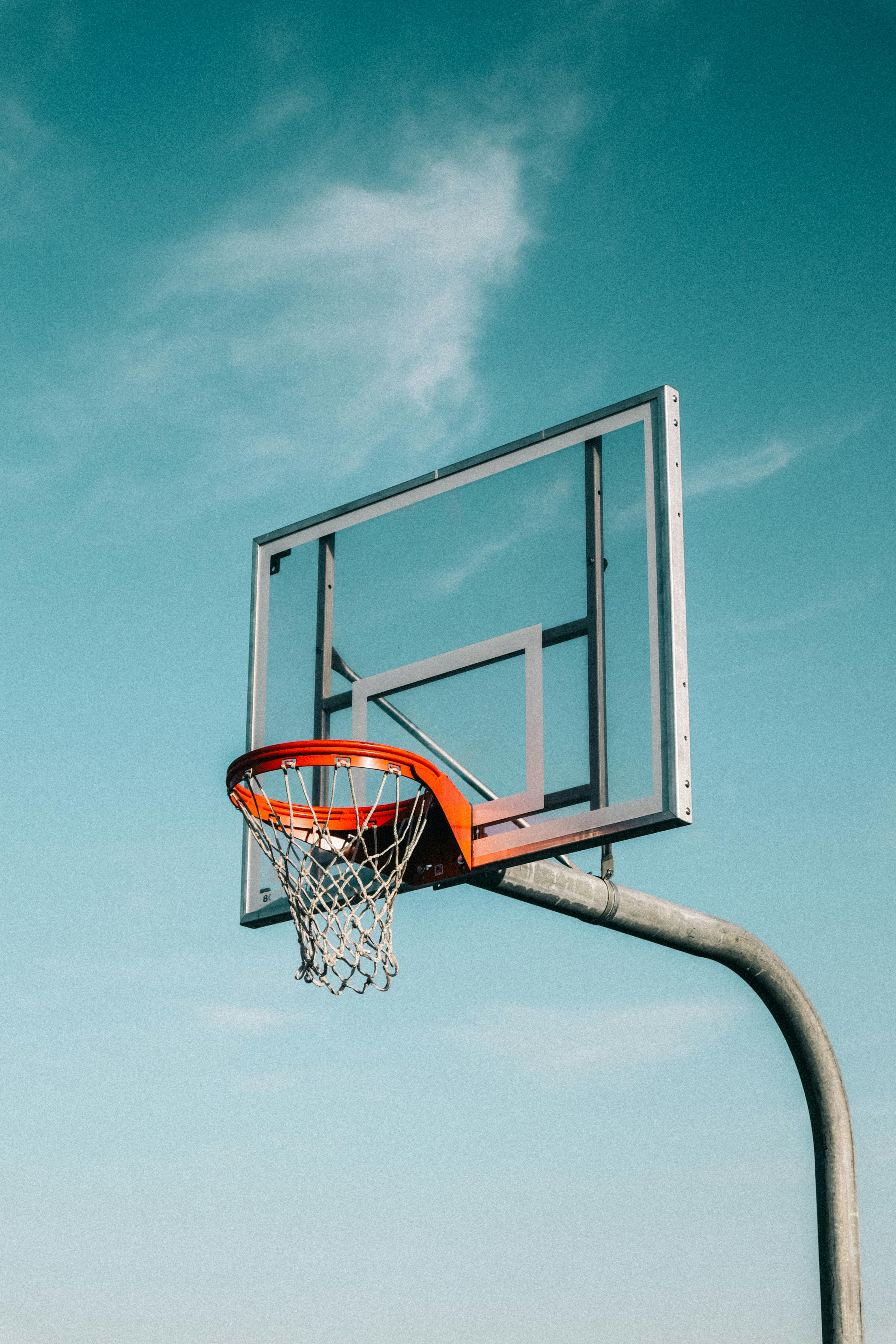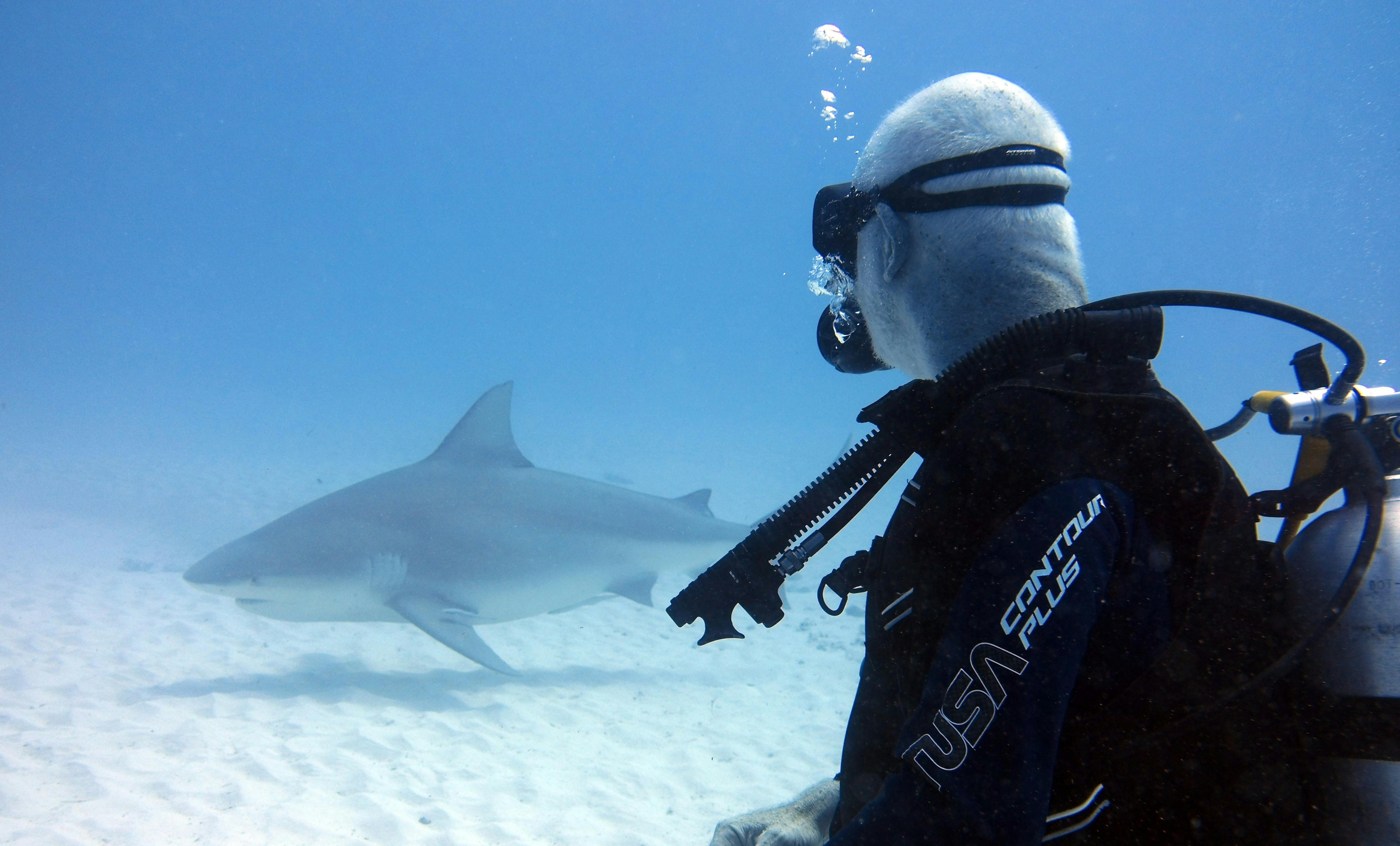
Top 7 Practical Tips for Setting Up a 20 Gallon Aquarium in 2025
Setting up a 20 gallon aquarium can be an exciting venture for both new and experienced fishkeepers. In 2025, the advancements in aquarium technology and knowledge about aquatic life have made it easier than ever to create a healthy environment for your fish. This article will provide you with essential tips to ensure that your aquarium is not only aesthetically pleasing but also functional. Let’s dive into the key elements of a successful 20 gallon aquarium setup.
1. Choosing the Right Equipment for Your 20 Gallon Aquarium
Investing in the right equipment is crucial for maintaining a thriving aquatic environment. Key components include 20 gallon aquarium filtration systems, heaters, and lighting. The filtration system is essential for maintaining water quality and clarity, while a good heater ensures that water temperatures remain consistent, which is vital for the health of your fish. For lighting, consider 20 gallon aquarium LED lights that provide brightness and energy efficiency, allowing you to showcase plants and decorations beautifully.
Types of Filtration Systems for 20 Gallon Aquariums
When selecting a filtration system for your 20 gallon aquarium, you have several options: hang-on-back (HOB) filters, canister filters, and sponge filters. HOB filters are usually easy to install and maintain, making them popular among beginners. Canister filters offer more powerful filtration and can clean larger tanks or more heavily stocked aquariums. Sponge filters are ideal for breeding tanks and soft water species. Assess your tank's needs before choosing a filtration type to ensure optimal efficiency.
Selecting the Best Heater for Your 20 Gallon Aquarium
The right heater plays an integral role in 20 gallon aquarium maintenance. Opt for a submersible heater that automatically adjusts the temperature. As a standard, a heater rated for at least 50-100 watts typically suffices for 20 gallon setups. Remember to calibrate it before adding fish to prevent any sudden fluctuations in temperature, which could stress your aquatic life.
2. Cycling Your 20 Gallon Aquarium
The cycling process for a 20 gallon aquarium is fundamental for establishing beneficial bacteria that will help process fish waste. This process can take several weeks but is crucial to avoid toxic ammonia and nitrite spikes that can harm your fish. There are two main methods for cycling your aquarium: fishless cycling and fish-in cycling. The fishless method is preferred as it is much more humane, using ammonia or shrimp to kickstart the cycle without subjecting fish to harmful conditions.
Step-by-Step Guide to Fishless Cycling
To begin fishless cycling, follow these steps: Fill your aquarium and set up your filtration system. Add a source of ammonia—this could be store-bought ammonia or a decomposing piece of shrimp. Test the ammonia levels regularly; when they peak, the beneficial bacteria will convert them into nitrites. After a few weeks, test for nitrates to confirm that the cycle is complete. The end goal is to have a stable environment with nitrates below 20 ppm, along with minimal ammonia and nitrites.
Common Mistakes During the Cycling Process
During the cycling process, many beginners make common mistakes such as introducing fish too soon or failing to test water quality regularly. Consistent testing helps you monitor progress and make necessary adjustments. Remember to stay patient; rushing the process will likely lead to issues down the line, impacting the health of your aquatic inhabitants.
3. Selecting Fish and Plant Species
Choosing the right fish for a 20 gallon aquarium is crucial for maintaining harmony in your tank. Opting for compatible species fosters a more resilient ecosystem. Additionally, incorporating plants adds not just beauty but also provides oxygen and habitats for fish. Research the specific needs of potential species, focusing on parameters such as temperature, pH levels, and tank size. Some popular fish for this size tank include Tetras, Gouramis, and Betta Fish, while easy-care plants like Java Fern and Anubias thrive in such environments.
Best Fish for 20 Gallon Aquariums
When constructing your aquarium community, consider compatibility. Stocking fish like Neon Tetras, Guppies, and Corydoras Catfish can create a colorful and vibrant ecosystem. Ensure that the total bioload aligns with the size of your tank and filtration capabilities. Use the 20 gallon aquarium stocking ideas to develop an appropriate community, balancing numbers and species.
Choosing Plants for Your 20 Gallon Aquarium
Integrating plants not only enhances the aesthetics of your tank but also serves vital functions like providing hiding spots and consuming harmful nitrogen. Consider species such as Valisneria, Water Wisteria, or Cryptocoryne, which are hassle-free and excellent for beginners. Plant placement enhances the aesthetics of your 20 gallon aquarium and also aids in the fish’s mental well-being, simulating their natural habitats.
4. Understanding 20 Gallon Aquarium Maintenance
Routine maintenance is essential for a healthy aquarium environment. Schedule regular 20 gallon aquarium water changes every two weeks, changing about 25-30% of the water. This helps eliminate toxins and prevents algae overgrowth. Regular monitoring of water parameters, such as pH, ammonia, nitrite, and nitrate levels, ensures your tank remains balanced and healthy.
Creating a 20 Gallon Aquarium Cleaning Schedule
Establishing a cleaning schedule simplifies maintenance tasks significantly. This includes changing water, cleaning decorations, and performing filter maintenance—all notable parts of your 20 gallon aquarium care tips. Creating a calendar helps you remember quarantine fish, replace carbon in the filters, and change out pads or cartridges regularly.
Common Problems in 20 Gallon Aquariums
Recognizing and addressing common issues, such as algae blooms or poor water quality, ensures a happier aquarium environment. Conduct routine tests to catch harmful changes in water parameters early. In case of an outbreak, utilizing algae-eating fish or introducing predatory species can often help control the situation and maintain a balanced ecosystem.
Key Takeaways
- Select the right filtration, heating, and lighting systems.
- Follow the proper cycling process before adding fish.
- Choose compatible fish and plants to enhance the ecosystem.
- Maintain a regular cleaning schedule to uphold water conditions.
- Stay informed about common issues for effective troubleshooting.
FAQ
1. What are the best plants for a 20 gallon aquarium?
Some of the best plants for a 20 gallon aquarium include Java Fern, Anubias, and Water Sprite. These plants are relatively easy to care for and do well in a variety of lighting conditions.
2. How often should I feed fish in my 20 gallon aquarium?
Feeding fish in a 20 gallon aquarium should be done 1-2 times a day. Be sure to provide only what they can consume in a few minutes to avoid overfeeding and contaminating the water.
3. What are common fish diseases to watch for?
Common fish diseases in a 20 gallon aquarium include ich, fin rot, and swim bladder disease. Keeping water parameters stable and quarantining new fish can help mitigate these risks.
4. What are the ideal water parameters for a 20 gallon aquarium?
The ideal water parameters for a 20 gallon aquarium typically include a pH of 6.5-7.5, ammonia levels at 0 ppm, nitrites at 0 ppm, and nitrates under 20 ppm. Regular testing is critical to ensure these levels remain stable.
5. How can I prevent algae growth in my aquarium?
Preventing algae growth can be achieved by managing light exposure, avoiding overfeeding, and conducting regular water changes and tank cleanings. Consider adding algae-eating fish to naturally control growth as well.

